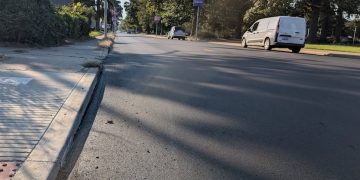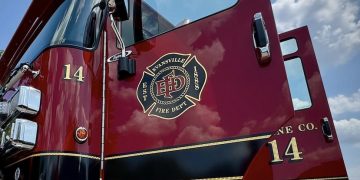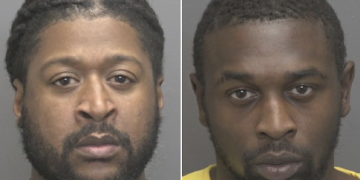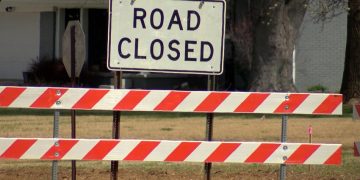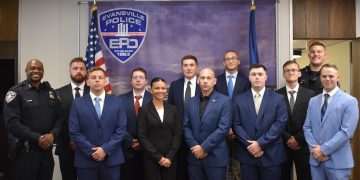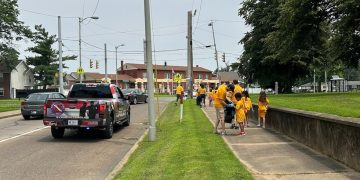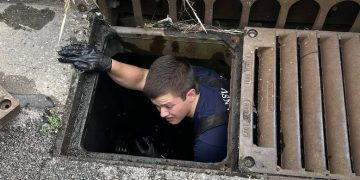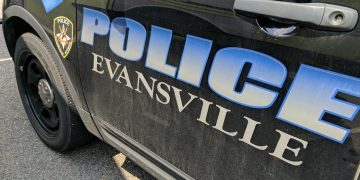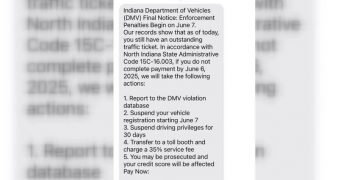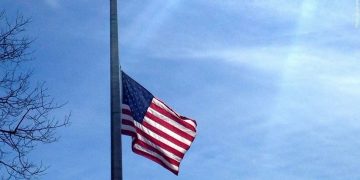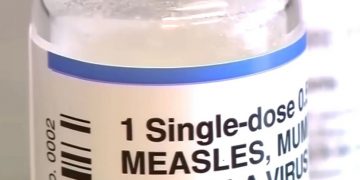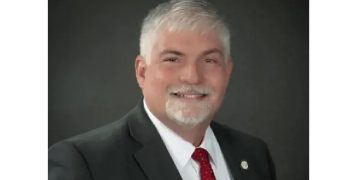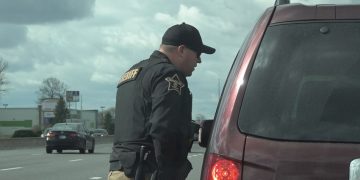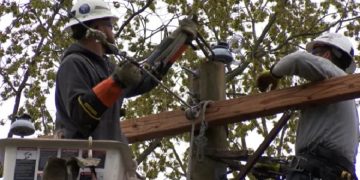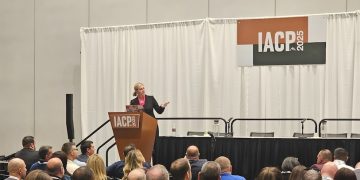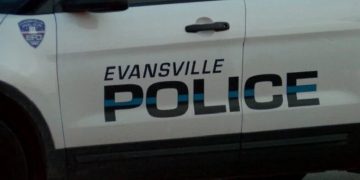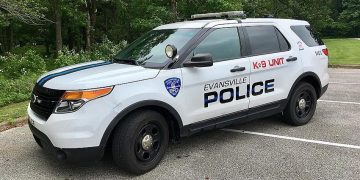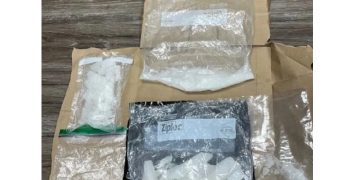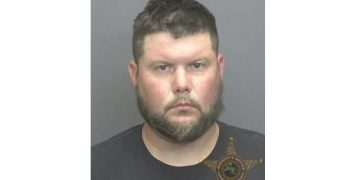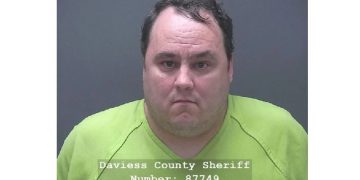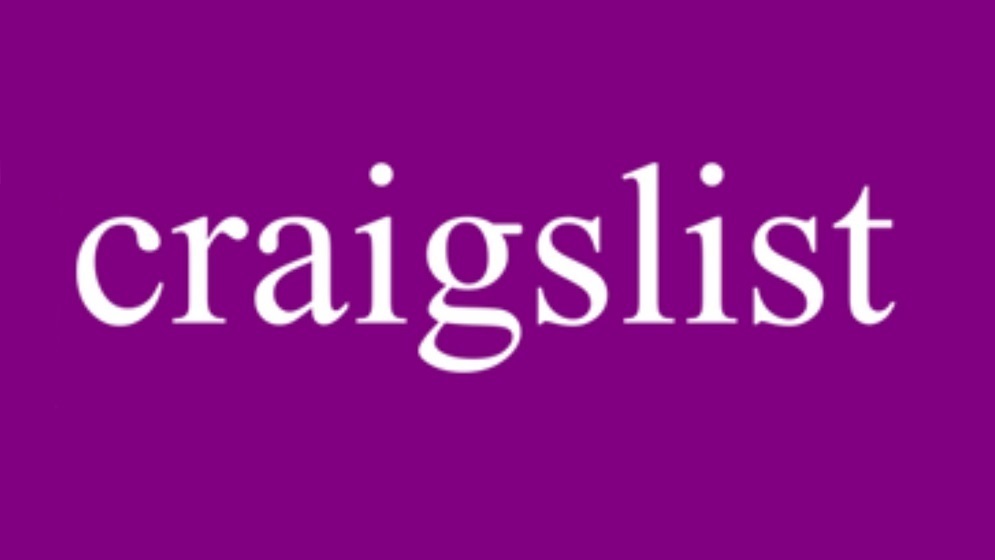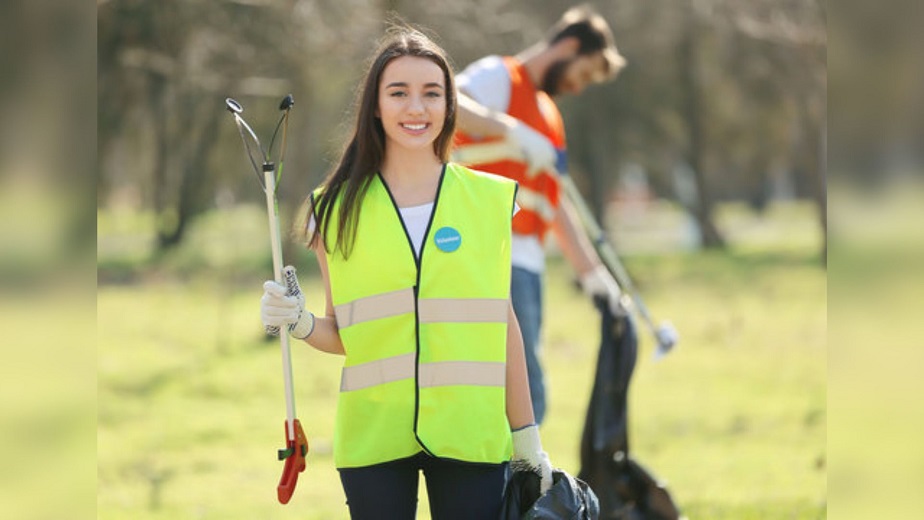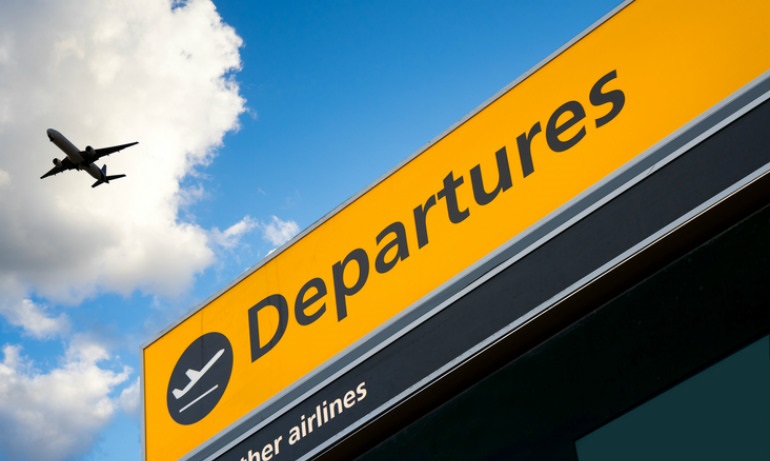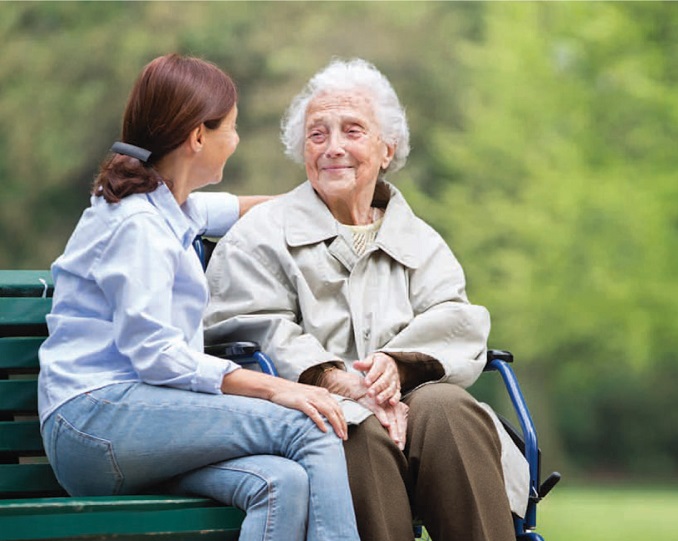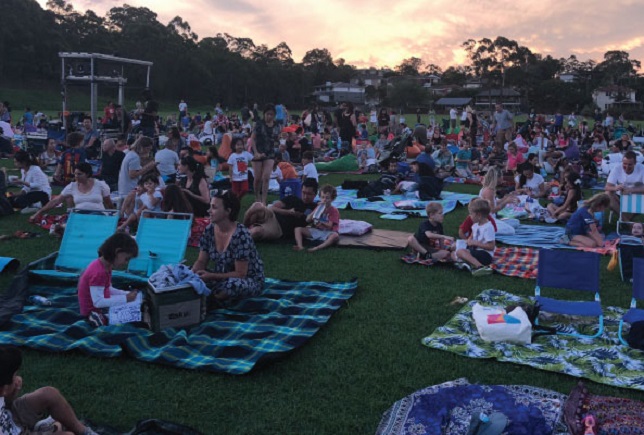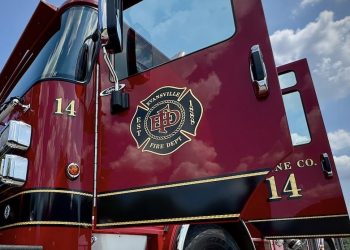Indianapolis, Indiana – Everyone should learn CPR, according to health specialists, because you never know when you might need it and it might save your life before help arrives.
Dr. Philip Lee, an Ascension sports cardiologist said, “If that person has collapsed and they do not have a pulse and they are unresponsive anything you do gives them a chance at life.”
Anything is preferable to nothing. That is the advice given by healthcare professionals when it comes to performing CPR in a crisis.
“Speed is of the essence,” Lee said. “Again when something like this happens the faster you react, the faster you can give blood to the brain, the faster you can bring back a pulse the better chances they can survive.”
In an emergency there are three steps you must take:
1. Have someone call 911 to get professional help
2. Send someone to look for an AED
3. Have someone start chest compressions
Anybody can perform CPR. In order to locate the center and begin the compressions, the person’s chest should ideally be exposed. Compressions should be performed at a rate of 100 to 120 per minute and should be two inches deep.
Jayne Stone, an Ascension registered nurse, and CPR class coordinator said, “I think it’s a very important skill that you could use throughout your life and you never know when you could be confronted with a situation where someone needs help.”
The most recent suggestion, known as hands-only CPR, eliminates the need for mouth-to-mouth breathing when persons who are not medical professionals perform CPR during an emergency.
“The more time we are pumping the heart to provide blood, whether is oxygenated or not, the better their odds are,” Lee said. “And so the focus is trying to streamline and say ‘Just remember this, keep pumping that chest.’”
The pads should be applied to a person’s bare skin as soon as an AED arrives. Whether the person has an irregular heartbeat that needs a shock to return to normal, the machine will guide you through the procedure and tell you if that is the case.
“You do need to remove all clothes, including a bra on a female person, to make sure the AED is in the correct place,” Stone said. “Doing compressions over the clothes is better than nothing but ideally, we would like that clothing removed so we can ensure you are at the right place.”
Ascension offers workshops so that anybody can learn CPR in collaboration with the American Heart Association. Although the January session is already full, there are plans to add more dates so that more people can enroll.
Songs by New York Presbyterian that are all 100 beats per minute may be found on a Spotify playlist that can be used to time CPR.















